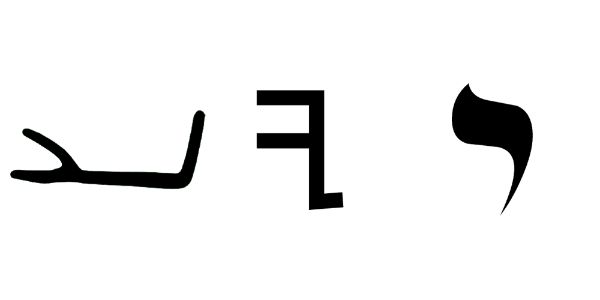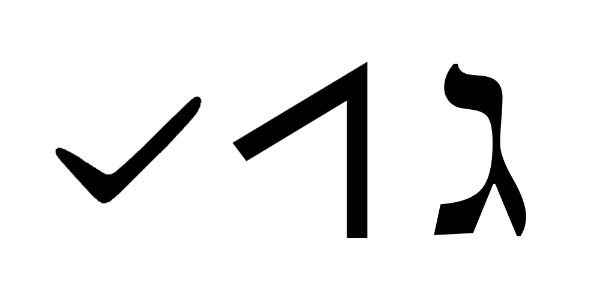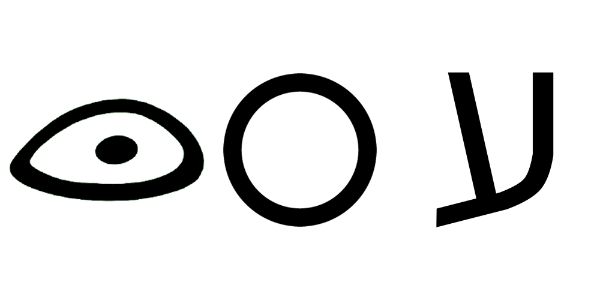The letter yad (𐤉) or Y/y is the tenth letter in the Afroasiatic language known as Paleo-Hebrew (Ābarayat). The letter has been equated with the letter Z in the English language. Also, the letter is one of the few that has not been impacted by the evolution of language over time.
The letter has been equated with the letter Y, the letter I, and the letter J in the English language. However, the letters I and J came into effect later and are mostly associated with Modern Hebrew, whereas it originally came from a branch of the Paleo-Hebrew letter we associate with Y in the English language.
Extended Study for 𐤉 (y)
To read the study guide entry that elaborates on 𐤉 (y) then join our Extended Study Membership at https://www.paleohebrewdictionary.org/extended or use phdict.org/extended to share a short link with others.





